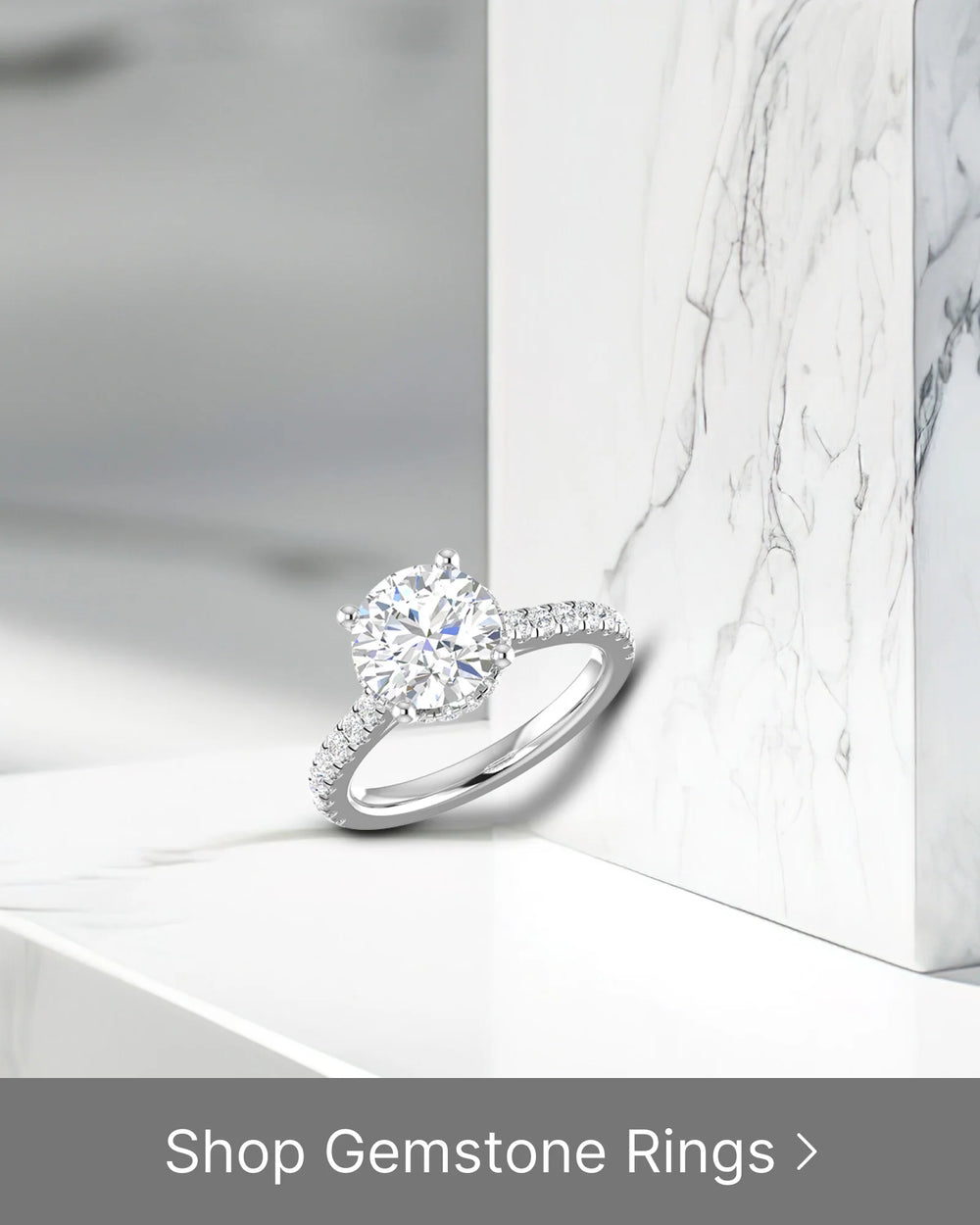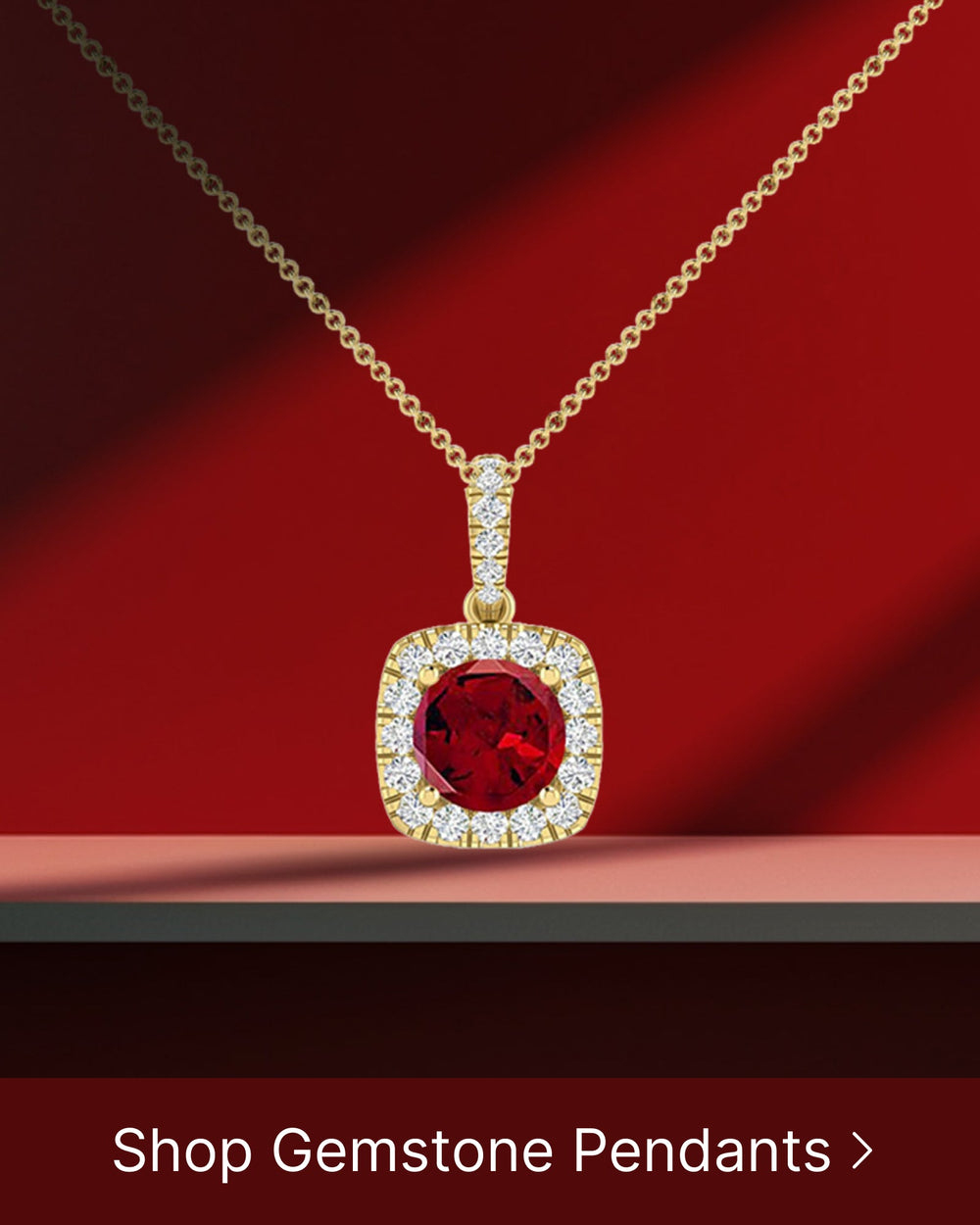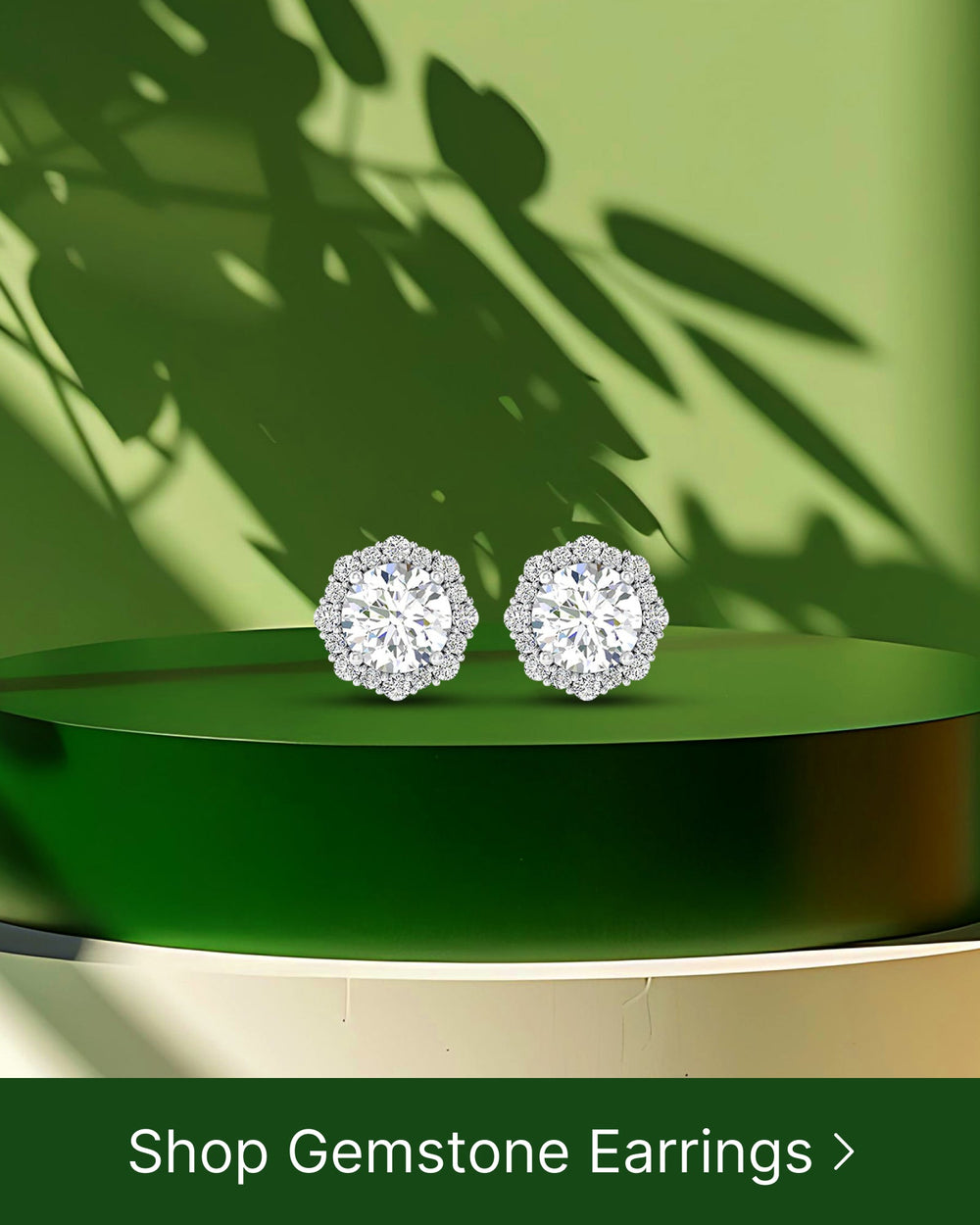Choosing the perfect pearls can be a daunting task, especially when faced with the vast array of options available in the market. Among the most popular choices are Akoya pearls and South Sea pearls, each with their unique characteristics and allure. In this comprehensive guide, we will explore the key factors to consider when choosing between these two exquisite pearl varieties.
Understanding Pearls: An Overview
Before diving into the specifics of Akoya and South Sea pearls, it is essential to understand the basics of pearls. Pearls are formed inside mollusks, typically oysters, when an irritant enters their shell. The mollusk responds by secreting layers of nacre, a combination of aragonite crystals and organic substances, around the irritant, forming a pearl over time.
The Formation of Pearls
The formation process of pearls begins with the introduction of an irritant, which can be a grain of sand, a parasite, or even a piece of tissue from the mollusk itself. When this irritant enters the shell of the mollusk, it triggers a natural defense mechanism. The mollusk senses the intrusion and starts producing nacre, a substance that helps protect its delicate tissues.
Nacre is composed of microscopic aragonite crystals, which are arranged in layers. As the mollusk continues to secrete nacre, layer upon layer is deposited around the irritant, gradually forming a pearl. Over time, the layers of nacre build up, creating a lustrous gemstone with a unique beauty.
The process of pearl formation can take several years, depending on various factors such as the type of mollusk, the size of the irritant, and the environmental conditions. The longer the mollusk is exposed to the irritant, the larger the pearl will grow.
Types of Pearls
There are various types of pearls available in the market, each with its own distinct characteristics and allure. Let's explore some of the most popular types:
Akoya Pearls
Akoya pearls are known for their classic beauty and timeless elegance. They are primarily cultivated in Japan and are renowned for their high luster and perfectly round shape. Akoya pearls come in a range of colors, from white and cream to pink and silver.
South Sea Pearls
South Sea pearls are treasured for their exceptional size and natural golden hues. These pearls are cultivated in the warm waters of the South Pacific, particularly in Australia, Indonesia, and the Philippines. South Sea pearls are known for their luxurious appearance and are often considered the epitome of elegance.
Tahitian Pearls
Tahitian pearls, also known as black pearls, are prized for their exotic beauty and vibrant colors. These pearls are cultivated in French Polynesia, specifically in the waters surrounding Tahiti. Tahitian pearls can range in color from dark black to various shades of gray, green, blue, and even purple. Their unique colors make them highly sought after by pearl enthusiasts.
Freshwater Pearls
Freshwater pearls are known for their affordability and versatility. They are cultivated in freshwater lakes and rivers, primarily in China. Freshwater pearls come in a wide range of shapes, sizes, and colors, making them a popular choice for both casual and formal jewelry.
Each type of pearl has its own unique appeal and is suited to different tastes and preferences. Whether you prefer the classic elegance of Akoya pearls, the luxurious allure of South Sea pearls, the exotic beauty of Tahitian pearls, or the affordability of freshwater pearls, there is a pearl type that will capture your heart.
The Allure of Akoya Pearls
Akoya pearls are highly coveted for their impeccable quality and classic beauty. These pearls are primarily cultivated in Japan and have been popular for centuries.
Akoya pearls have a rich history that dates back to the 1890s when Kokichi Mikimoto successfully developed the technique of culturing pearls. This breakthrough revolutionized the pearl industry and paved the way for the mass production of Akoya pearls. Since then, these pearls have become synonymous with elegance and timeless beauty.
Known for their exceptional luster and perfectly round shape, Akoya pearls are truly a sight to behold. The cultivation process involves carefully inserting a small bead nucleus into the oyster, which then secretes layers of nacre around it. This meticulous process results in pearls that possess a radiant glow and a smooth, flawless surface.
Origin and Characteristics of Akoya Pearls
Akoya pearls are primarily cultivated in the coastal waters of Japan, particularly in regions such as the Akoya Pearl Belt, which stretches from Hokkaido to Kyushu. The oysters used for culturing these pearls are mainly of the species Pinctada fucata, also known as the Akoya oyster.
These pearls are typically small to medium in size, ranging from 6mm to 9mm. However, larger Akoya pearls can also be found, although they are relatively rare. The round shape of Akoya pearls is highly sought after, as it is considered the epitome of pearl perfection. Their uniformity in shape and size makes them ideal for creating exquisite jewelry pieces.
Akoya pearls exhibit a captivating range of colors, with white being the most traditional and popular choice. However, they also come in other beautiful hues, including cream, rose, and silver. This variety of colors adds to their versatility, making them suitable for various occasions and complementing a wide range of skin tones.
The Value of Akoya Pearls
Akoya pearls are considered a symbol of elegance and sophistication, making them highly valuable in the market. Their limited availability, combined with their exquisite quality, contributes to their higher price compared to other pearl varieties. However, they are still relatively affordable compared to South Sea pearls.
When it comes to evaluating the value of Akoya pearls, several factors come into play. The size, shape, color, luster, and surface quality all play a significant role in determining their worth. Larger pearls with a perfectly round shape, high luster, and minimal surface blemishes are considered more valuable.
Another factor that affects the value of Akoya pearls is their origin. Pearls from specific regions in Japan, such as Kobe, Nagoya, and Mie, are highly regarded for their superior quality and are often priced higher. Additionally, pearls with a thicker nacre layer are considered more valuable, as they are more durable and have a higher luster.
Due to their timeless appeal and enduring popularity, Akoya pearls are often passed down as heirlooms from one generation to another. Their elegance and sophistication make them the perfect choice for special occasions such as weddings, anniversaries, and formal events.
Whether worn as a necklace, bracelet, earrings, or a statement ring, Akoya pearls never fail to make a lasting impression. Their allure lies not only in their physical beauty but also in the rich history and craftsmanship behind each pearl. Investing in Akoya pearls is not just a purchase; it is a celebration of tradition, refinement, and the enduring allure of these exquisite gems.
The Splendor of South Sea Pearls
South Sea pearls are revered for their luxurious size, remarkable luster, and captivating beauty. These pearls are primarily cultivated in the pristine waters of Australia, Indonesia, and the Philippines.
Origin and Characteristics of South Sea Pearls
South Sea pearls have a significantly larger size compared to Akoya pearls, ranging from 9mm to an astonishing 20mm. Their color palette includes white, cream, gold, and even rare black hues. The combination of their size and luster makes them highly sought after by pearl enthusiasts.
The Value of South Sea Pearls
Due to their rarity and impressive size, South Sea pearls are considered the most valuable pearls in the market. Their scarcity, coupled with their exceptional quality, commands a higher price range, making them a luxurious choice for those seeking opulence and grandeur.
Key Differences Between Akoya and South Sea Pearls
When deciding between Akoya and South Sea pearls, it is crucial to consider the notable differences between the two varieties. These differences can significantly impact your preference and ultimate choice.
Size and Shape Comparison
One of the most apparent differences between Akoya and South Sea pearls is the size. Akoya pearls are generally smaller, while South Sea pearls boast a larger size range. Additionally, Akoya pearls are more likely to be perfectly round, while South Sea pearls may exhibit slight variations in shape, such as baroque or drop shapes.
Color and Luster Differences
Another significant factor to consider is the color and luster of the pearls. Akoya pearls tend to have a vibrant, reflective luster, whereas South Sea pearls display a soft, ethereal glow. In terms of color, Akoya pearls offer a wider range of options, while South Sea pearls often showcase more subtle and natural hues.
Factors to Consider When Choosing Pearls
Aside from the specific characteristics of Akoya and South Sea pearls, there are other essential factors to evaluate when making your decision.
Personal Style and Preference
Your personal style and preference play a crucial role in choosing the ideal pearls for yourself or a loved one. Consider whether you prefer classic elegance or bold statement pieces, as this will guide you towards the perfect choice.
Budget Considerations
Lastly, it is essential to take your budget into account when making your selection. Akoya pearls are generally more affordable than South Sea pearls, making them an excellent choice for those seeking a higher value within a specific price range.
In conclusion, choosing between Akoya and South Sea pearls requires careful consideration of various factors, including size, shape, color, luster, personal style, and budget. Both varieties offer their unique allure and charm, making them a valuable addition to any jewelry collection. Whether you opt for the classic elegance of Akoya pearls or the luxurious grandeur of South Sea pearls, each choice is sure to captivate and delight for years to come.





